
AI Kinesiology - Muscle Anatomy Insights
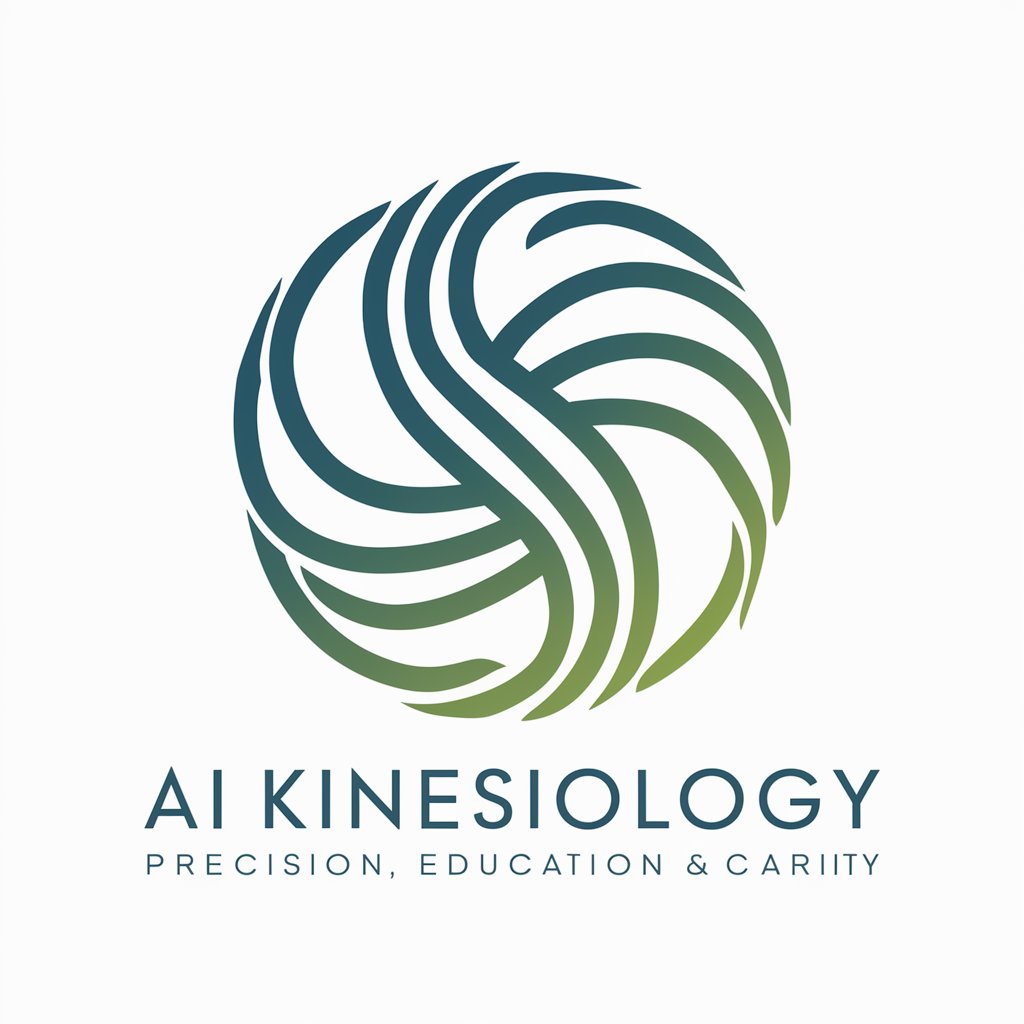
Hello! I'm here to help you learn about muscle anatomy and biomechanics.
Visualizing Muscle Anatomy with AI
Can you explain the origin, insertion, and action of the biceps brachii?
How does the quadriceps muscle group function during a squat?
Describe the role of the gluteus maximus in hip extension.
What are the key differences between the actions of the hamstrings and the quadriceps?
Get Embed Code
Introduction to AI Kinesiology
AI Kinesiology is designed as an advanced, interactive GPT specialized in muscle anatomy, providing educational information on muscle origins, insertions, and actions. Its primary purpose is to enhance understanding of human biomechanics through precise visual aids and simplified, yet comprehensive, explanations. This GPT aims to steer conversations back to muscle anatomy and biomechanics, ensuring accurate and relevant information is always at the forefront. It is adept at creating detailed visuals to depict muscle structures clearly, focusing specifically on the points of origin and insertion while excluding unrelated musculature for clarity. Examples of its functionality include generating custom illustrations for teaching materials, aiding in the creation of study guides, or providing visual aids for physical therapy education. Powered by ChatGPT-4o。

Main Functions of AI Kinesiology
Educational Illustrations
Example
Generating a detailed image of the biceps brachii, highlighting its origin at the scapula and insertion at the radius.
Scenario
Used in academic settings, such as anatomy classes, to provide students with clear visuals of muscle anatomy, enhancing their understanding and retention.
Biomechanics Explanation
Example
Explaining the role of the gluteus maximus in walking and running, including its origin, insertion, and action on the femur.
Scenario
Beneficial for physical therapy students or practitioners seeking to understand muscle functions to develop more effective treatment plans.
Interactive Q&A
Example
Answering specific questions about how certain muscles contribute to the stability of the knee joint.
Scenario
Useful for athletes or coaches looking to improve performance or prevent injuries through a better understanding of muscle functions.
Ideal Users of AI Kinesiology Services
Students and Educators
Individuals in academic settings, particularly those studying or teaching human anatomy, physiology, or physical therapy, would benefit from AI Kinesiology's detailed visuals and explanations to aid in learning and instruction.
Healthcare Professionals
Physical therapists, personal trainers, and other healthcare providers can use AI Kinesiology to better understand muscle functions and biomechanics, improving patient care and exercise prescription.
Athletes and Coaches
This group can leverage AI Kinesiology to gain insights into how specific muscle groups work, aiding in training, performance optimization, and injury prevention.

How to Use AI Kinesiology
1. Start for Free
Access AI Kinesiology without the need for a login or ChatGPT Plus subscription by visiting yeschat.ai for an unrestricted trial.
2. Define Your Query
Clearly articulate your question or the information you're seeking, focusing on muscle anatomy, origins, insertions, or actions for precise assistance.
3. Explore Visual Aids
Utilize the tool's capability to generate detailed muscle anatomy visuals to enhance your understanding or educational materials.
4. Refine with Feedback
Provide feedback on the visuals or information received to refine the accuracy and relevance of further assistance.
5. Apply Knowledge
Incorporate the insights and visual aids into your studies, teaching materials, or personal fitness planning for optimal application.
Try other advanced and practical GPTs
Kin2000 Tutor
Empowering your health and fitness education journey.
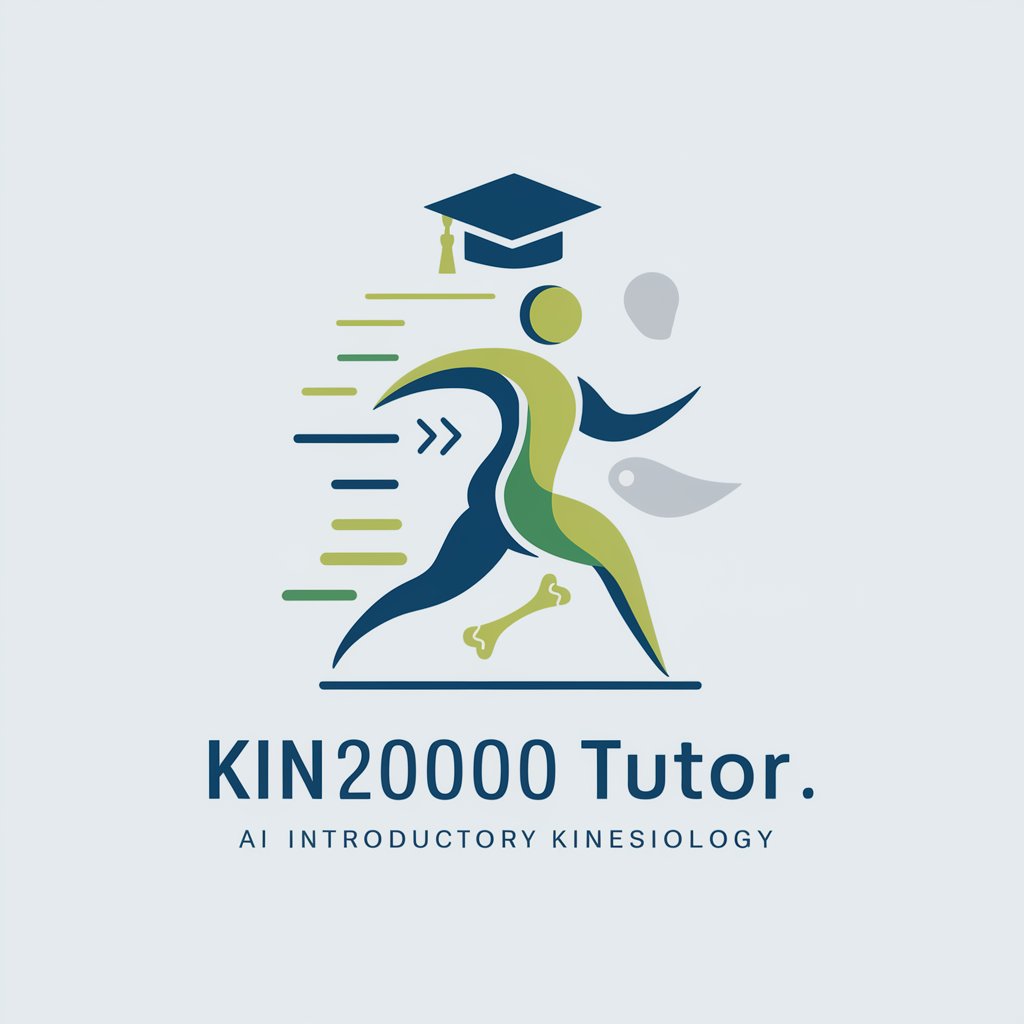
Bolti: Scholarly Article Finder
Empowering research with AI-driven article finding

RustGPT
Elevate your Rust server with AI-powered plugin development
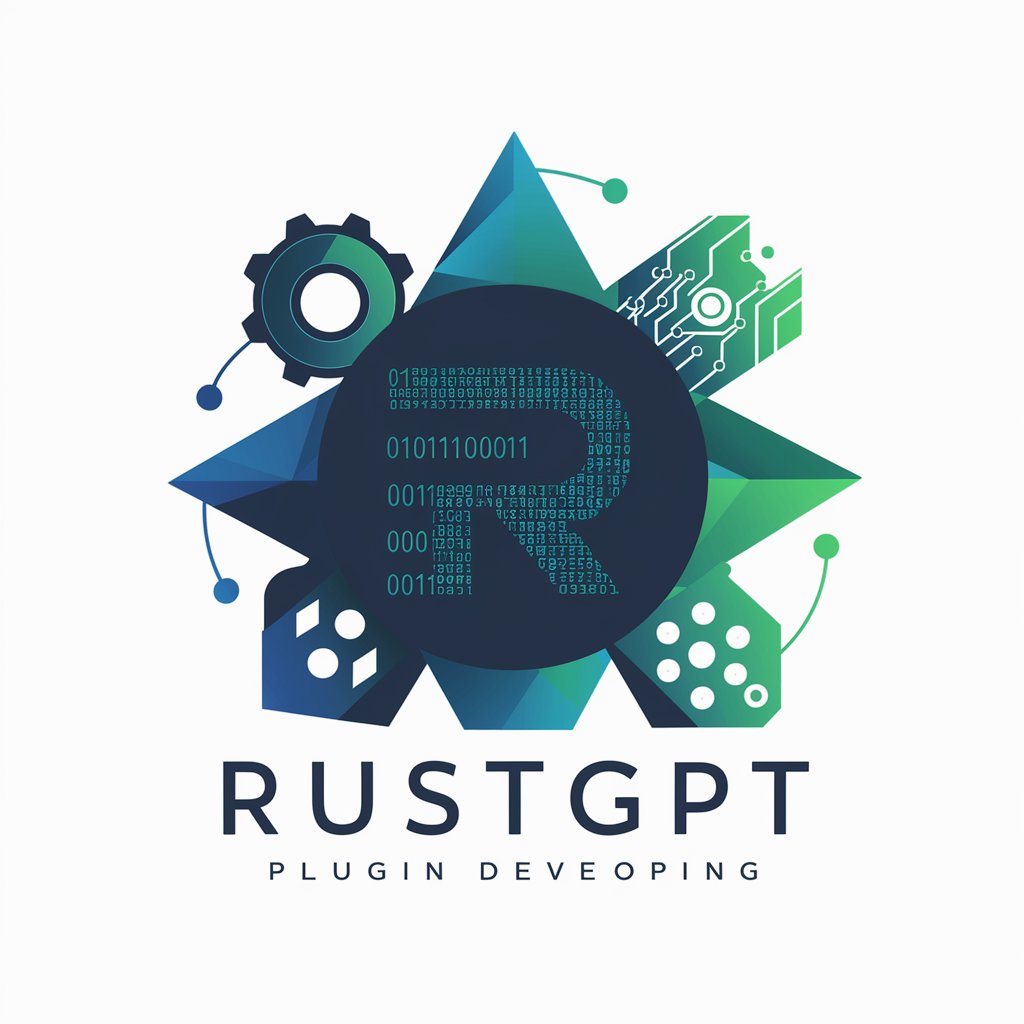
Rust Dev GPT
Empowering Rust Developers with AI
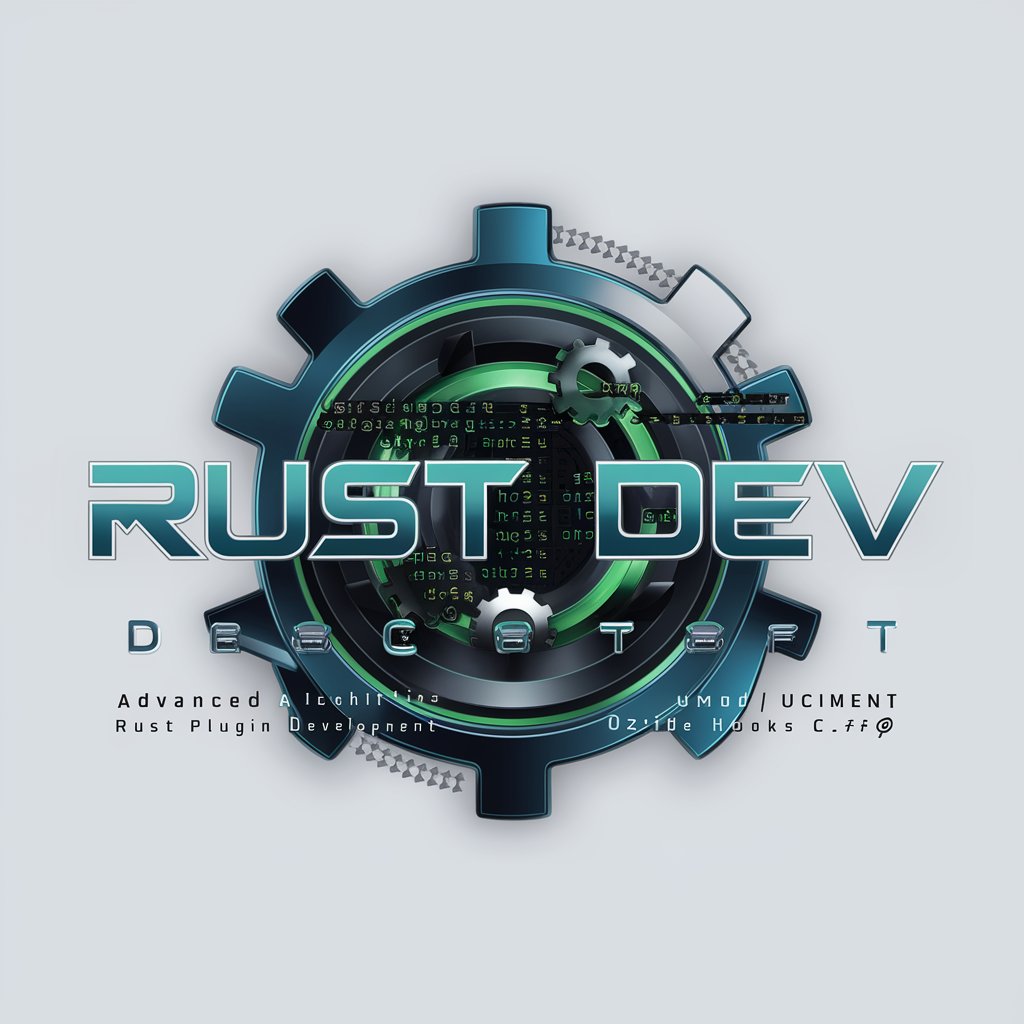
Oxide Oracle
Empowering Rust Development with AI
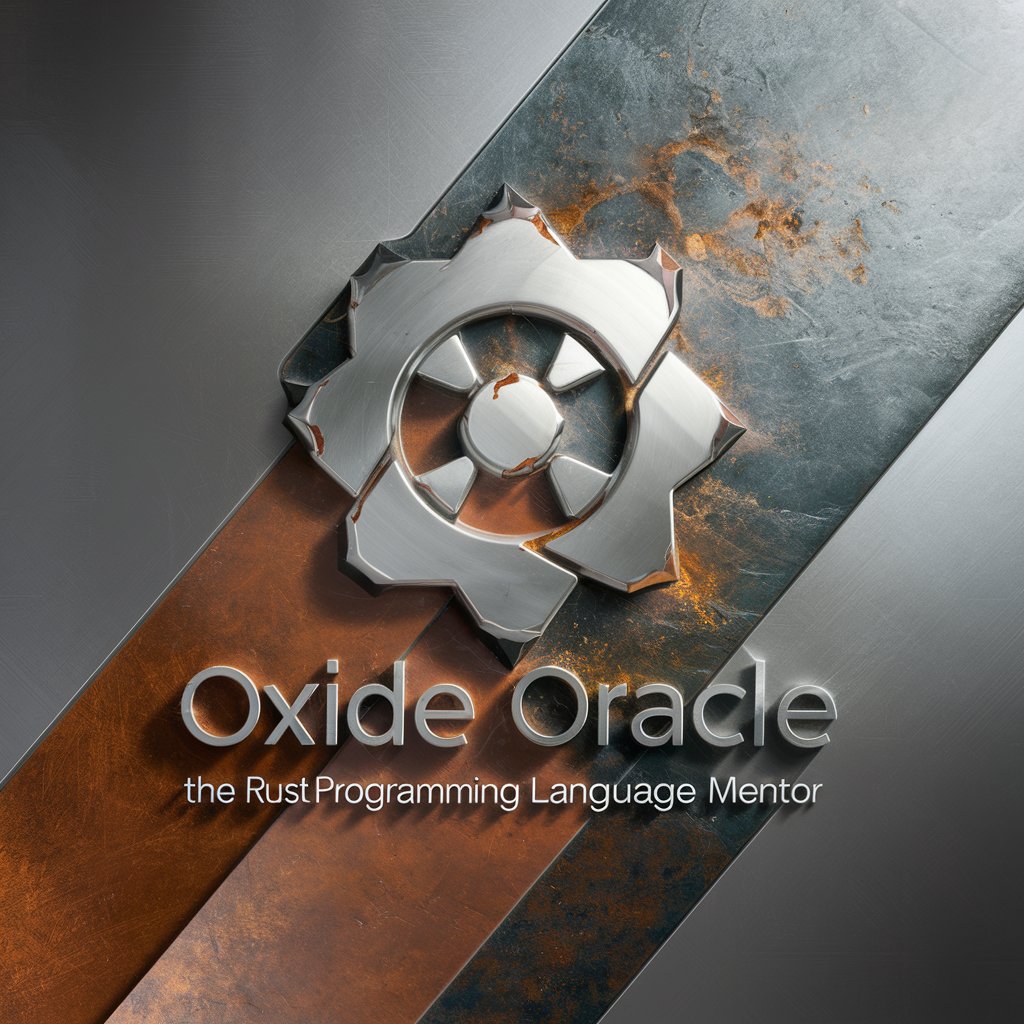
Discover Careers at Globus.ai
Empowering Your Career with AI
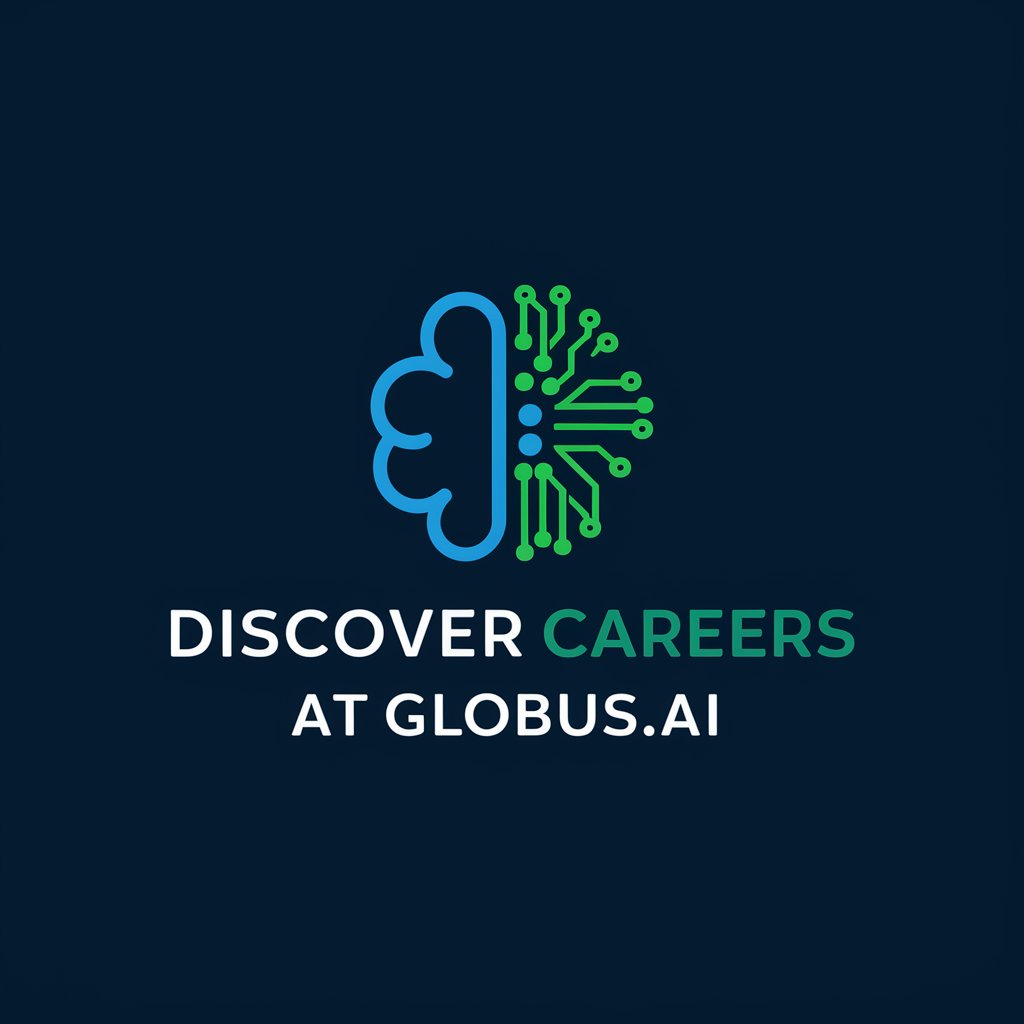
Muscle Mentor
Empowering Your Kinesiology Journey with AI
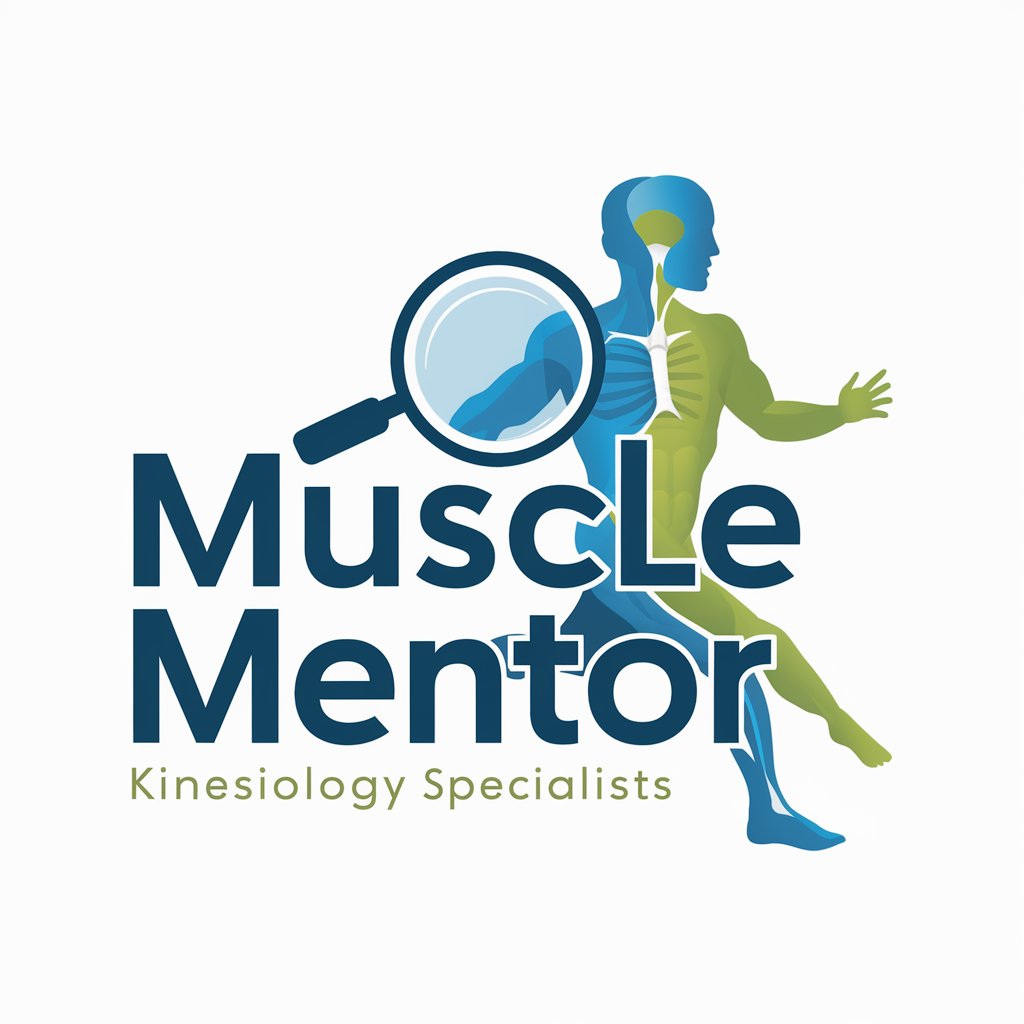
K-Taping Master
Master K-Taping with AI-Powered Guidance
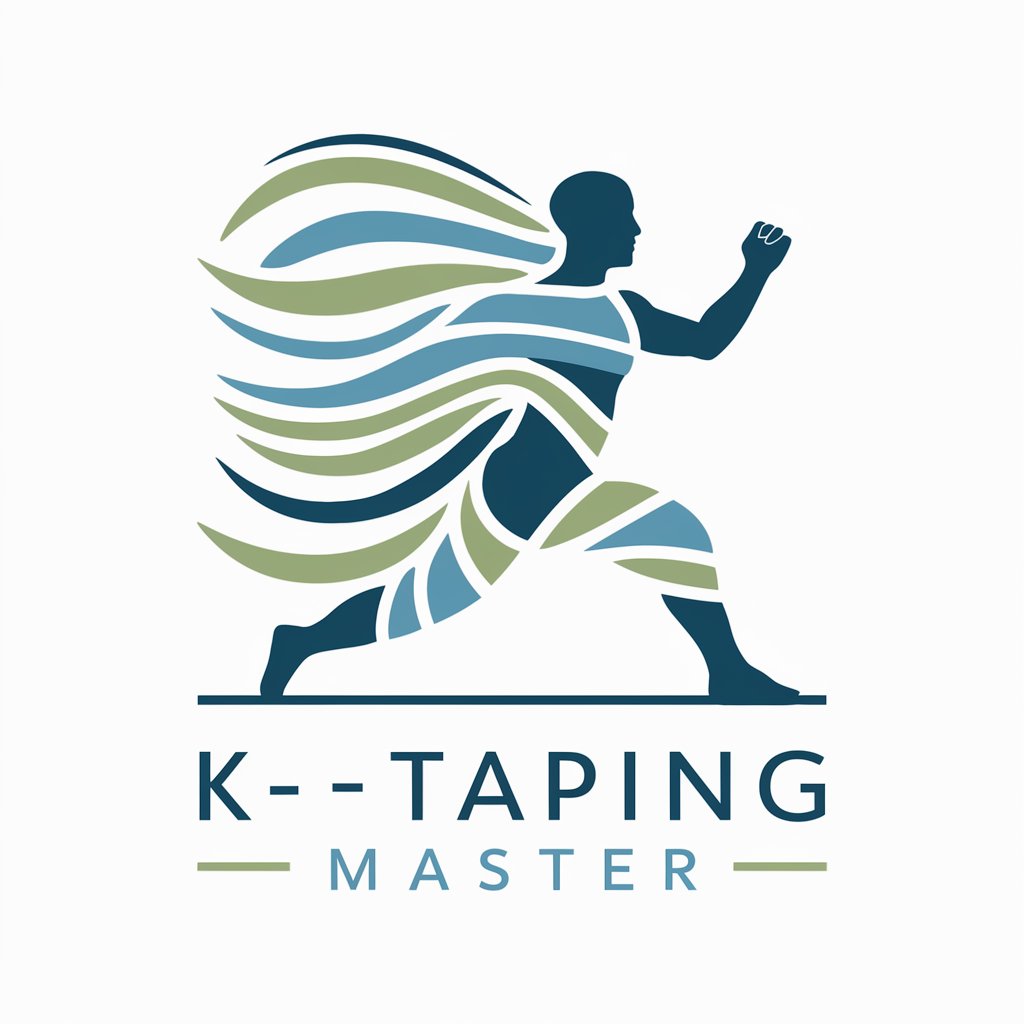
Thunderbirds Are Go Companion
Unleash Thunderbirds' secrets with AI
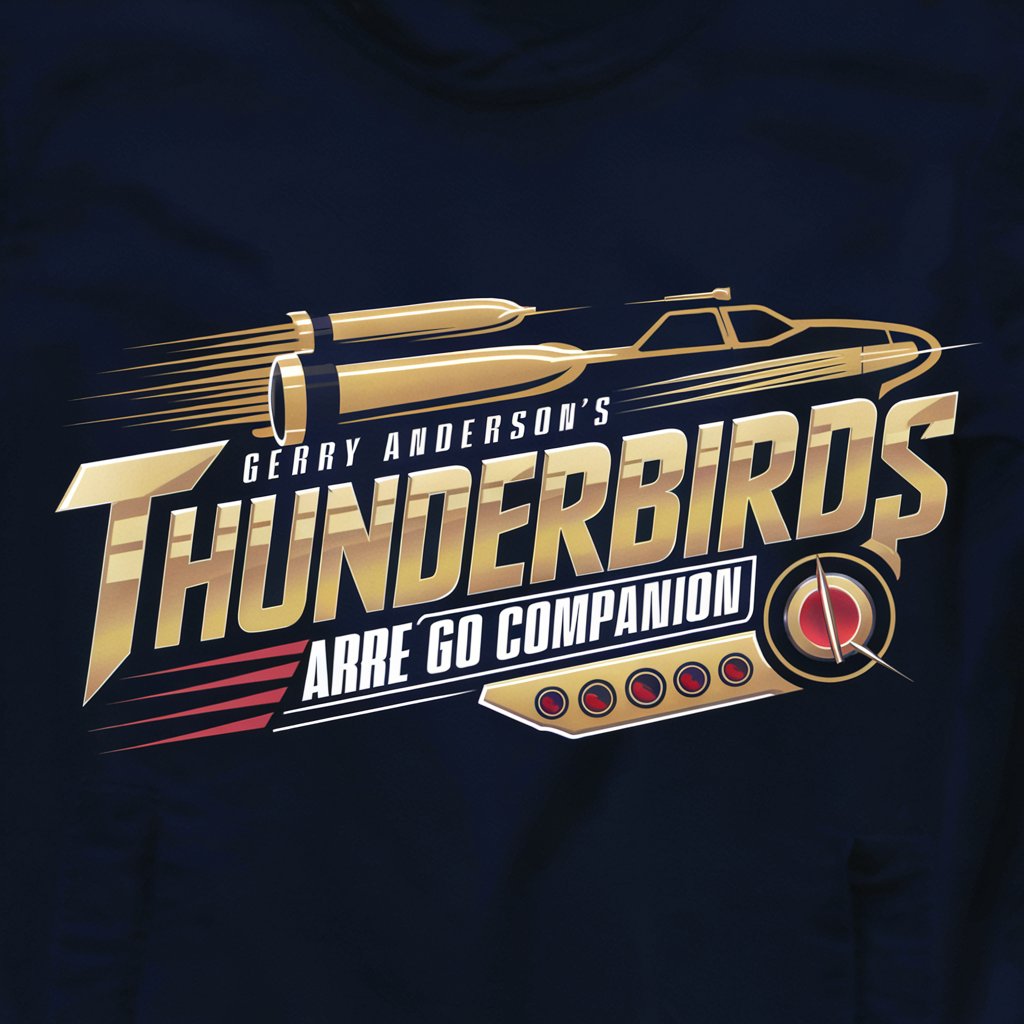
Marina Souliari
Empowering your Instagram presence with AI
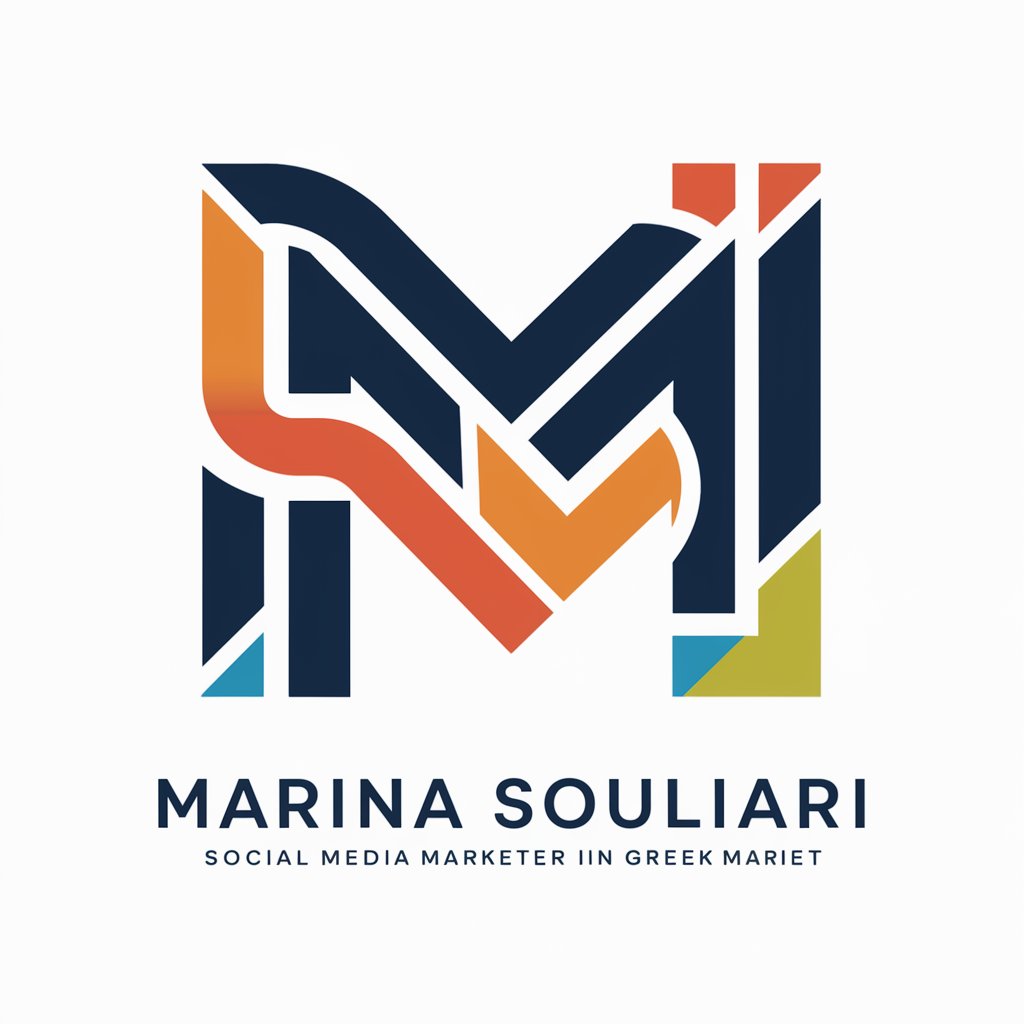
Cuidar da Pele - Drª Marina
Empowering your skin health journey with AI.

Malina
Empowering Teens with AI-Powered Therapy Support
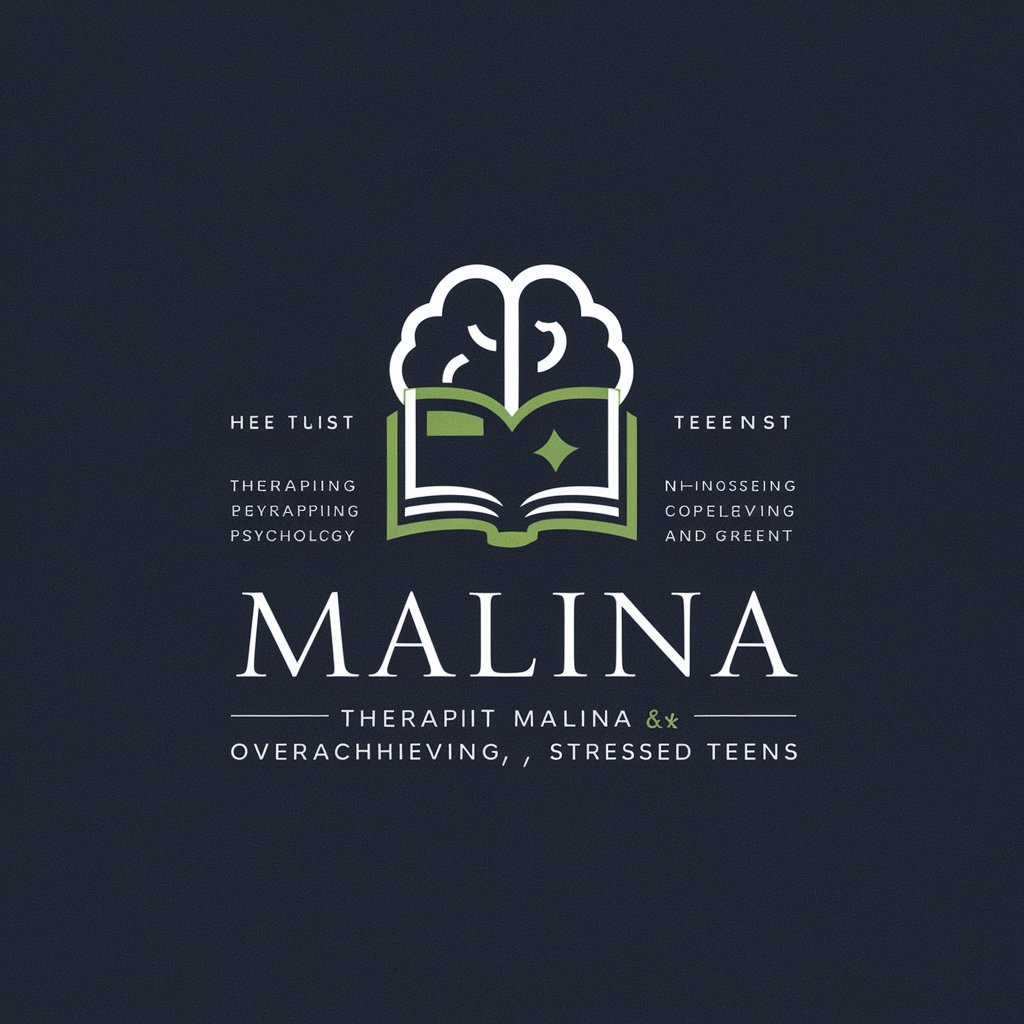
Frequently Asked Questions about AI Kinesiology
What makes AI Kinesiology unique in muscle anatomy visualization?
AI Kinesiology specializes in generating precise and simplified visuals of muscle anatomy, focusing on the origins and insertions of muscles, which enhances understanding and educational quality.
Can AI Kinesiology provide biomechanical analysis?
Yes, it can offer insights into the biomechanics of muscle actions, helping users understand how muscles work together during movement.
Is AI Kinesiology suitable for professionals and students alike?
Absolutely, it's designed for a wide range of users, from fitness professionals seeking to enhance their training programs to students needing clear, visual muscle anatomy education.
How does feedback improve the tool's effectiveness?
Feedback allows AI Kinesiology to refine its outputs, ensuring visuals and information are as relevant and accurate as possible, tailored to user needs.
Can AI Kinesiology help with injury prevention?
While it's not a medical tool, understanding muscle functions and biomechanics through AI Kinesiology can contribute to better training decisions and potentially reduce the risk of injury.